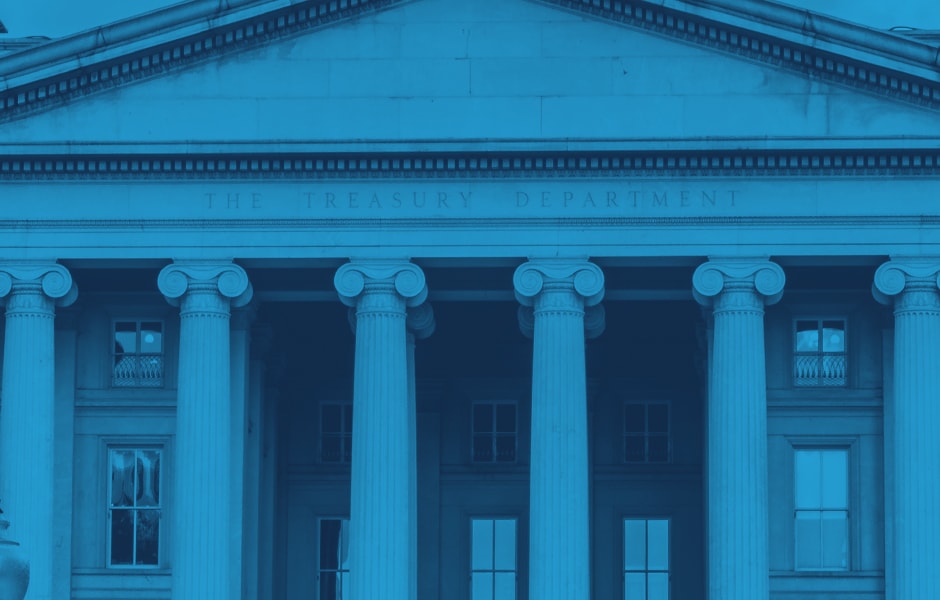The concept of the “cheapest to deliver” (CTD) is a key element of Treasury futures. It arises from the conversion of futures prices to invoice prices for the delivered security, facilitated by a notional coupon of 6%. This notional coupon helps calculate conversion factors to standardize across the eligible notes and bonds in the delivery basket, which have a range of maturities and coupons. The conversion factor depends on coupon and maturity and is defined as the price of $1 of the Treasury note or bond, discounted with a yield to maturity of 6%. With the conversion factor and the accrued interest unique to each eligible security in the delivery basket, the final invoice price for the delivered security is as follows:
Delivery Invoice Price = Futures Settlement Price * Conversion Factor + Accrued Interest
Traders identify the CTD security based on price, not yield, as the bond or note with the lowest purchase price relative to the invoice price, should they choose not to roll the contract forward. The futures price tracks the price of the CTD, adjusted by the conversion factor.
The level and shape of the Treasury yield curve along with the mathematics of the conversion factor system favor the highest duration (i.e., low-coupon, long-maturity) security to emerge as CTD when yields are above 6%, and lowest duration (i.e., high-coupon, short-maturity) security to become the CTD when yields are below 6%. Ultimately, the CTD is based on achieving the highest invoice price as noted above. For further details on CTD invoice price calculations and a related concept of implied repo rate, see the CME Group paper, Understanding Treasury Futures.
As the curve reshapes and yields move up or down, an occasional change in CTD – i.e., a CTD switch – may start to become probable even if the yield levels have not crossed the 6% notional coupon threshold. This is because both the shape and the level of the yield curve interact with the security’s coupon and maturity to determine its duration and, more importantly, the invoice price calculation outlined above.
In recent months, yields have increased and the curve has steepened, e.g., 10-year yields have increased from 3.3% in April 2023 to 4.6% in September 2023. This trend potentially brings a CTD switch into play, currently notable in the Treasury Bond futures contract (Bloomberg code: US and Globex code: ZB). Some portfolio rebalancing would be required as the duration of the futures contract changes with the likelihood of the CTD switch. It is important to realize that the futures market prices and DV01 (dollar value of a basis point) risk measurement incorporate the probability of the switch at a given time. Institutional participants typically keep their portfolios balanced with respect to market price and risk parameters, helping to keep CTD dynamics fairly smooth. And, it is rare for CTD switches to come into play. In addition, as a comparison, all cash Treasury securities become shorter over time and require active management to maintain the necessary duration of hedge exposure. Absent a CTD switch, Treasury futures maintain their maturity and risk characteristics throughout the life of the contract month, with duration maintained via the quarterly roll period. This advantageous feature is a key contributing factor in the popularity of Treasury futures for use by liability driven investors (LDIs) and asset managers.
Image and article originally from www.cmegroup.com. Read the original article here.

